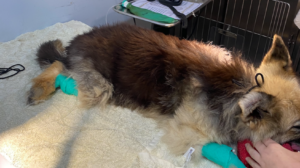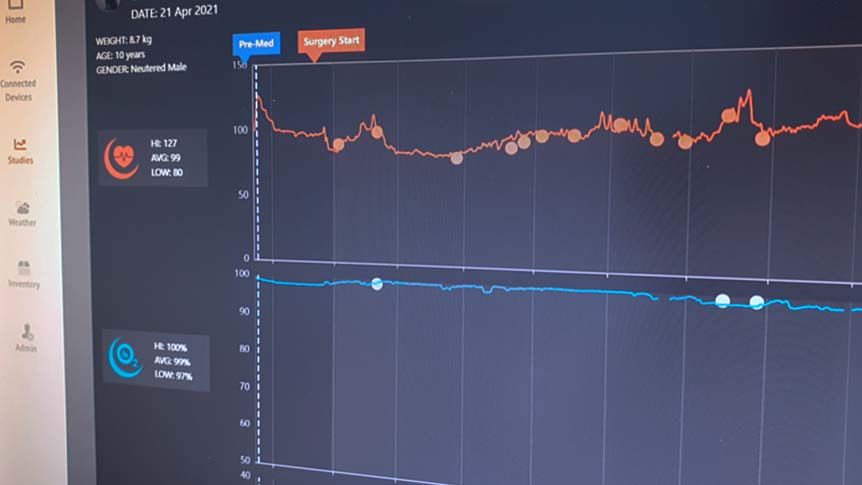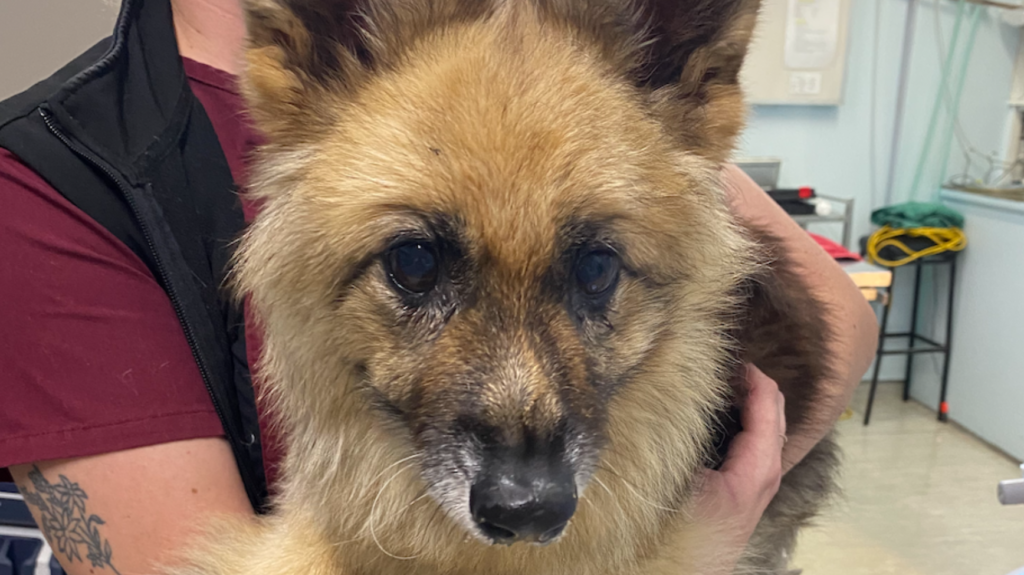Arnie, a ten year-old Dwarf German Shepherd was in clinic at Collaroy Plateau Vet Hospital for a dental extraction, whilst Arnie appeared to be the perfect WirelessZoo™ patient, we soon found out that Arnie had a large rash around his bottom and at the base of his tail, the ZooSense sits on the base of the tail so we had to rethink the position of the device to best suit Arnie.

We used vet wrap to secure the ZooSense over the femoral artery on the inside of his leg. During the dental surgery, the team noticed the accuracy of the WirelessZoo™ was on par with their existing equipment, with continuously recorded readings before, during and after the successful surgery.
The Collaroy Plateau Vet Hospital team were impressed to see the versatility of the ZooSense device, as not all dogs or cats have the ability to use the tail for monitoring.
The vital signs data was streamed live continuously over a 3 hour period, from admission, pre-med, surgery to recovery and captured on the WirelessZoo™ platform for record keeping and analysis. The readings from their existing equipment (a LifeVet P Pulse Oximeter) were captured using the WirelessZoo™ Digital Anaesthesia Chart during surgery, which was used to compare with the automated records from the ZooSense sensor, for performance testing purposes as part of our validation program.

For more information on WirelessZoo™, please visit www.wireless-zoo.com


